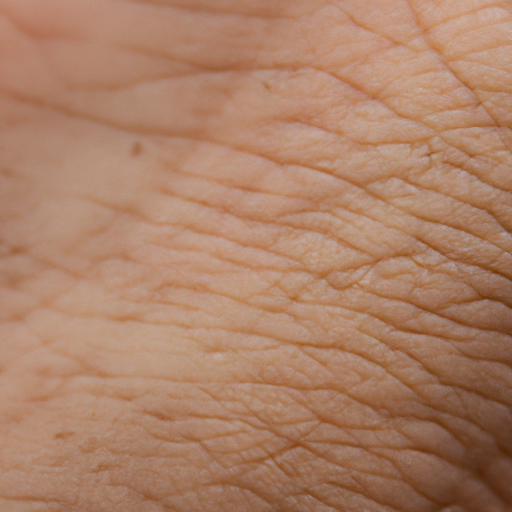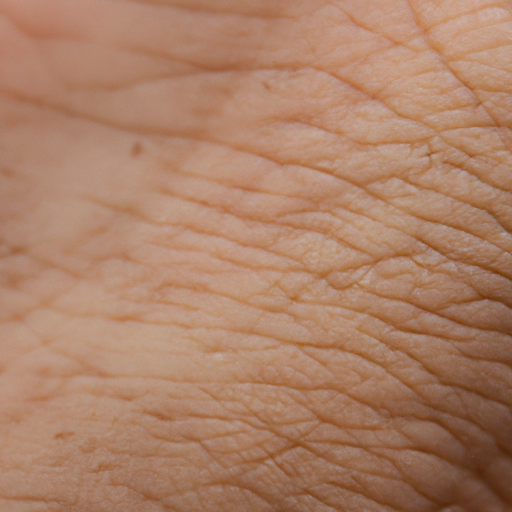Exfoliation is a crucial part of any skincare regimen. It is the process of removing dead skin cells from the surface of your skin using a chemical, granular substance, or exfoliation tool. The result? A radiant and youthful complexion that glows with health. This article aims to unmask the importance of face exfoliation and provide an essential guide to this vital skincare practice.
The human skin naturally sheds dead cells every 30 days to make room for new ones. However, this process can slow down with age, leading to an accumulation of dead cells on the skin’s surface. This build-up can cause a dull complexion, clogged pores, and uneven skin texture. Regular exfoliation helps speed up your skin’s natural desquamation process, keeping your complexion looking fresh and healthy.
Exfoliation is not a one-size-fits-all process. The type of exfoliation method you choose should be tailored to your skin type and specific concerns. There are two main types of exfoliation: physical and chemical.
Physical exfoliation involves using a scrub, brush, or other abrasive tools to physically remove dead skin cells. This method can be effective but should be used with caution, especially for those with sensitive or acne-prone skin, as it can cause irritation or exacerbate existing conditions.
On the other hand, chemical exfoliation uses acids or enzymes to dissolve dead skin cells. Alpha-hydroxy acids (AHAs), beta-hydroxy acids (BHAs), and fruit enzymes are common ingredients in chemical exfoliants. AHAs like glycolic and lactic acid are water-soluble and work on the skin’s surface, making them ideal for dry or sun-damaged skin. BHAs like salicylic acid are oil-soluble, penetrating deeper into the pores to remove excess sebum and dead skin cells, making them perfect for oily and acne-prone skin.
Regardless of the method you choose, it’s essential to exfoliate responsibly. Over-exfoliation can strip your skin of its natural oils, leading to dryness, irritation, and increased sensitivity. As a general rule, exfoliate no more than two to three times a week for normal and combination skin, and once a week for sensitive skin. Always follow up with a moisturizer to replenish hydration and a broad-spectrum sunscreen to protect your newly exfoliated skin from the sun.
Moreover, it’s crucial to listen to your skin. If you notice any signs of irritation such as redness, burning, or peeling, it might be time to scale back on your exfoliation routine or switch to a gentler method. Remember, the goal of exfoliation is to enhance your skin’s health and appearance, not to cause harm.
In conclusion, face exfoliation is an essential step in achieving a radiant and youthful complexion. By understanding the different methods of exfoliation and how to use them responsibly, you can effectively remove dead skin cells, improve skin texture and tone, and reveal a healthier, brighter skin underneath. Remember, everyone’s skin is unique, so it’s important to find an exfoliation routine that works best for you. With the right approach, you can unmask your skin’s natural radiance and keep it glowing for years to come.




